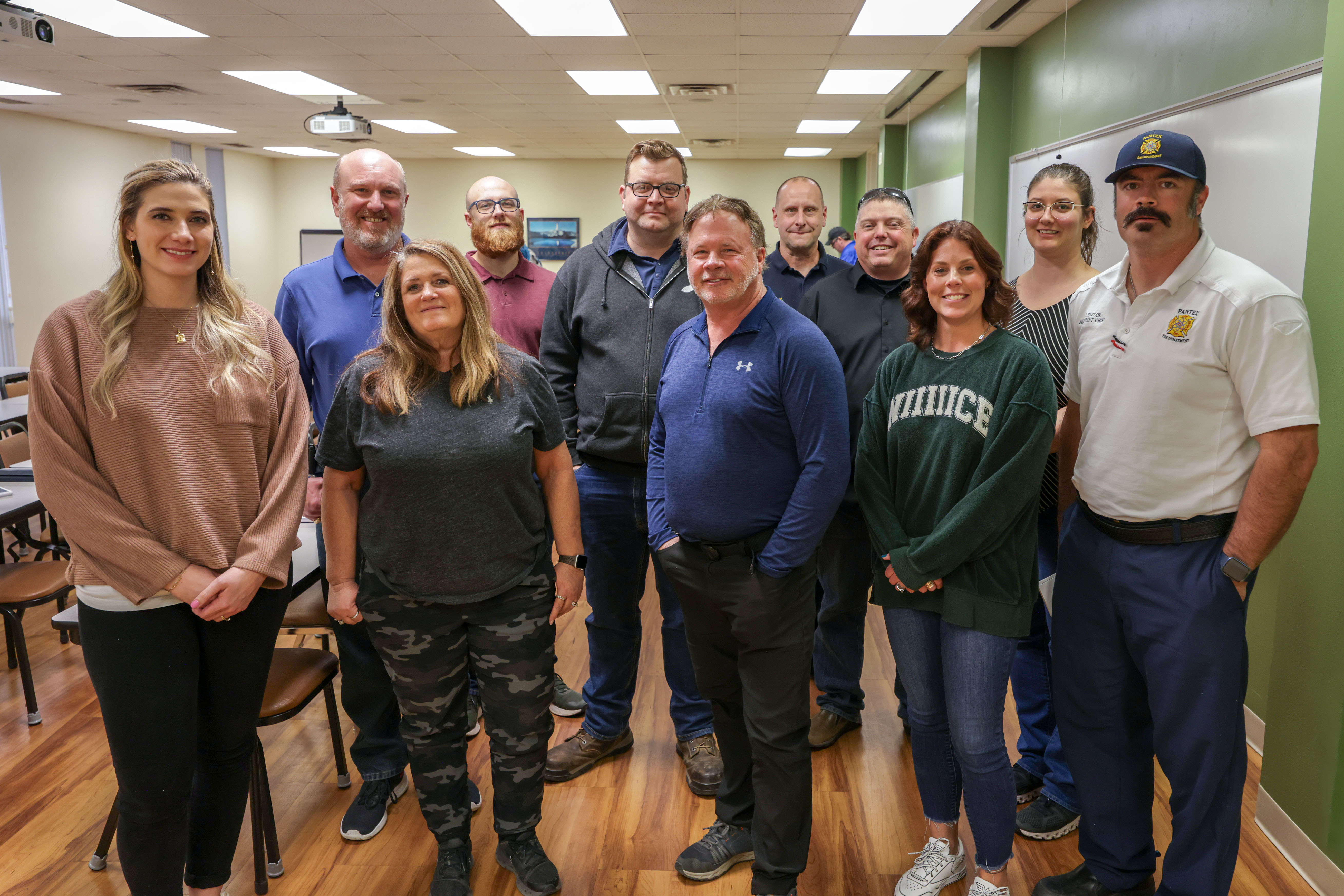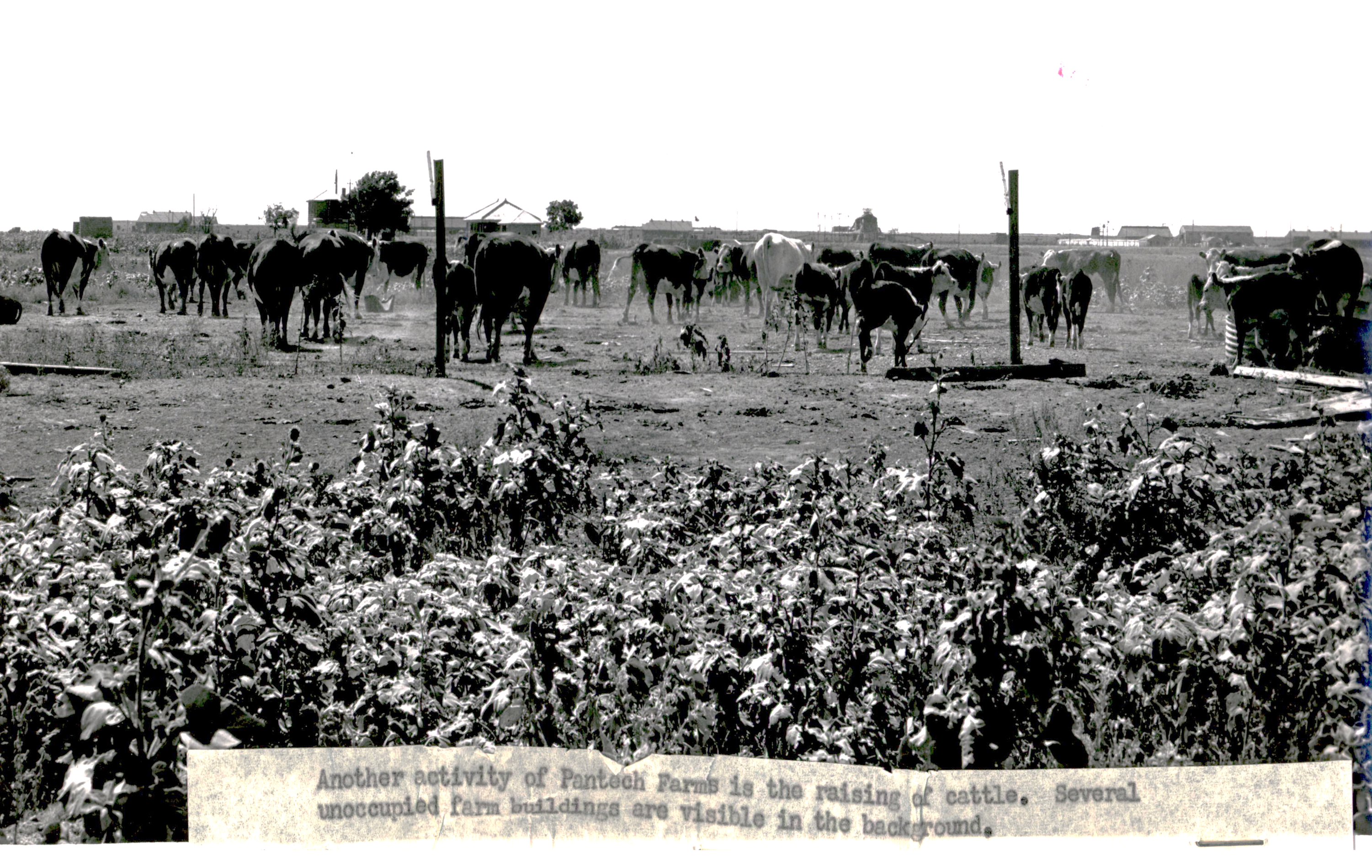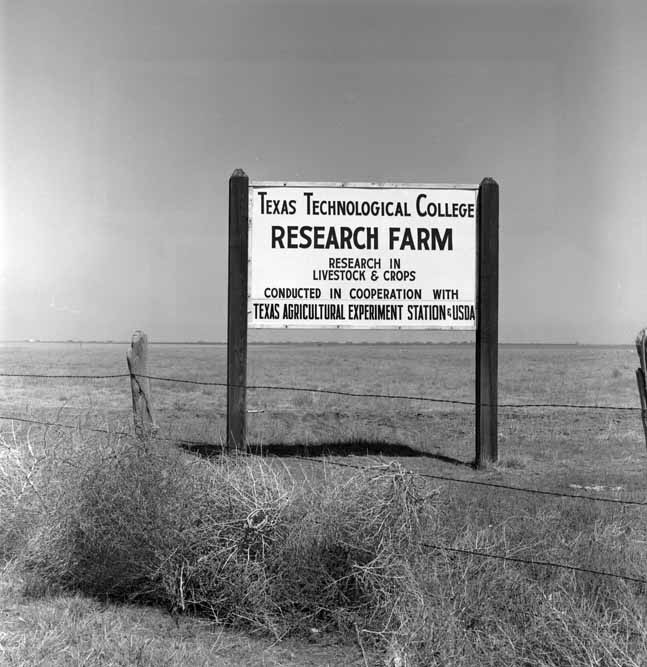Pantex Blog
I am mission success: Kimberly H.

Take 5 minutes to learn about Kimberly H. This article details Kimberly’s role at Pantex and reinforces the diverse workplace culture CNS offers. All views and opinions are the employee’s own and do not necessarily reflect those of CNS.
When Kimberly H. started thinking about what she wanted to do with her life, she knew she wanted to be a part of something bigger. For her, this would be the American military, where she could keep growing as a person, as well as providing a way to travel the world. Kimberly, who now works in project management, originally joined the U.S. Navy to become a pilot, but things quickly changed when she started flight school.
“When I got to flight school, I realized I was much better when my feet were on the ground and not in the air,” Kimberly said. “Through that I found a better direction for myself working with the Seabees doing construction management and that has translated into a new role in national defense at Pantex. It’s not exactly the career path I expected, but I am happy it led me to where I am now.”
In addition to learning valuable lessons in flight school, it is also where she met her husband, Joshua. After deciding flying was not her speed, she became a part of the U.S. Navy Civil Engineer Corps, which she has been a part of for 15 years. Kimberly, who holds the rank of lieutenant commander, joined CNS through the SkillBridge program in January 2024, and will soon join the Navy Reserve to keep serving while she also serves through her new role at Pantex.
What top strength do you bring to your organization and why?
There are “big rocks” people who focus on the big picture with creative, strategic, and visionary ideas, and there are “little rocks” people who are detail-oriented and focus on executing individual details precisely. I think of myself as a “medium rocks” person, someone who focuses on how all the pieces and resources fit together for maximum productivity—someone who can bridge the gap between the big picture thinkers and the detailed-oriented planners to help make an idea a reality.
How has working for CNS changed or reinforced your thoughts on our mission (nuclear deterrence, managing the stockpile, etc.)?
Coming from the U.S. Navy, I have spent my career providing engineering, facilities, and construction support to assist our nation’s warfighters and our country’s highest priority missions, and nuclear deterrence has long been one of the Department of Defense’s highest priority missions. But my understanding of nuclear deterrence focused on the nuclear triad, not the vast support network that exists to ensure the effectiveness of the nation’s nuclear deterrent. Coming to Pantex, it has given me greater appreciation for the huge enterprise that exists beyond the military that is essential in the success of that mission and the number of civilians in our nation, such as those at Pantex and Y-12, who play a vital role in ensuring our national and global security.
What is your favorite aspect about your work environment? How does that aspect make you know the mission is being met?
I really enjoy working with people and collaborating. There seems to be a very strong collaborative culture here. When people are willing to come together and talk through problems to get to solutions, that is when you are able to know that the mission is going to be met.
What CNS principle drives you to be successful?
I am an industrial engineer by education, so continuous improvement and figuring out how to do things better is the core of everything we do. How can we improve to be better and more efficient? How can we build a better team through the process? I am always looking for ways to improve our processes, communication, and teamwork through that lens.
What’s your top bucket list item and why?
One of the things I would love to do one day is take a vacation to Greece. I have seen so many pictures of the Greek Island and they look beautiful. My parents also met in Greece, so it would be a fun place to visit!
Working with mom
May is the month to celebrate the mothers in our lives. Some lucky employees even have the privilege of working with their mothers on-site.

Meet Pantexan mother and son, Debbie M. and Michael O.
Michael O., end user support with Pantex Information Solutions and Services, and Debbie M., tester program coordinator in Pantex Tooling and Tester Engineering, only get a chance to see each other on-site maybe once a month, but Michael always steals a hug from his mom when he can get one.
“I’ve been given an opportunity that most children will never get, to see into the lives of their parents outside of the home and the chance to see a greater picture of the woman who raised me,” Michael said.
Michael started at Pantex in 2021, and has often relied on his mom’s 30 years of experience at the plant. Her presence made the transition less intimidating as a new employee, and even now she’s always willing to help him figure things out.
“She’s not afraid to go out and find answers, and she passed along the idea of being curious and seeing what others might not,” he said. “This has encouraged me to help mentor those around me, so I can share it with the next generation of Pantexans.”
Debbie says it warms her heart to know she can occasionally pop into the John C. Drummond Center and get a hug from her son.
“The best part of working at Pantex together is knowing that he is close to me and close to family, and the longer he works out here, he will discover that Pantex is also a family,” Debbie said.
She also loves hearing from others about how well he’s doing with his work. “They tell me he can be relied on to be accountable and get the job done,” she said. “I love that he is respected and valued in his field. I am proud of him because he is a good man.”
Pantex partners with the best to prepare for the worst

Pantexans from all over the plant joined together to train on emergency response to rural mass casualties.
Disaster can strike as quickly and unexpectedly as a rattlesnake bite while walking through weeds. Once it happens, the needs from every angle – from the initial emergency response to assisting the families of victims – are rapid-fire, and can exhaust the limited resources of small communities. The isolation in the Texas Panhandle exacerbates that problem.
“Amarillo is an island in the Texas Panhandle. If we need help, it could be 48-72 hours before we get it,” said instructor Elton B.
To help Panhandle-area organizations better prepare for what could – and does – happen, Amarillo College in February conducted a Mass Fatalities Planning and Response for Rural Communities training. This class was made possible by a grant that Pantex and Amarillo College secured through the National Institute of Environmental Health Sciences/Department of Energy Nuclear Workers Training Program. This unique learning opportunity expanded because Pantex decided to open up the training to local first responders and connected entities in the Panhandle and South Plains.
Co-trainer, Dana H., defined a mass casualty as anything “more than a rural community has the resources to handle.” This, they said, can be the result of natural disaster, inclement weather, an active shooter, large crashes, a gas leak, and more.
The course was tailored to the people in the Texas Panhandle due to its unique needs and covered a variety of topics that could be needed after a mass casualty event that could lead to fatalities in a rural area. This included how to set up a temporary morgue, human remains recovery and storage, family assistance, data collection, and how to get federal resources to your rural community.
Thanks to the wide variety of attendees, topics were discussed from many different perspectives., Firefighters, law enforcement officers, dispatchers, a meteorologist, individuals from public health and emergency management, morgue technicians, and even a Justice of the Peace all provided input based on their respective experiences. Attendees from all over the region, including Pantex, Amarillo, Brownfield, Lefors, Borger, Hereford, Lazbuddie, Panhandle, and Wheeler, participated in the event.
Though this class material was very heavy in nature, many attendees complimented the instructors for keeping the training engaging.
Elton, whose experience comes from the Army Intelligence field, Amarillo Fire Department, and his years teaching environmental health and fire protection technology at Amarillo College, and Dana, who is recently retired from Amarillo Fire Department after 32 years, focused on participants knowing their resources and pushed networking throughout the day.
Dana noted several times that “it is key to break things down into something you can manage,” and on days when the worst happens “it is incredibly important that we have that cooperation” between entities working incidents like this.
“The ability to see how the whole Panhandle can work together to help each other out and the networking that is available here is essential for such a rural area,” said Pantexan Sandra L. “This is all helpful in regards to preparing for mass casualties.”
Jeff W., the director of Safety & Environmental Technology for Amarillo College, worked with Terrel C. to secure a grant from National Partnership for Environmental Training that provided this training for Pantex employees.
“Attendees now have those tools in their toolkit so that they can reach out and effectively deal with a mass fatalities incident,” said Terrel. “This class was effective because we had so many people from different backgrounds and we had a sharing of information for a dynamic group discussion. At Pantex we are so fortunate to have our Amarillo College partners. We have received almost $3 million in grants since we started working together to get more training for Pantex employees, which also at times benefits area groups that might not have the funds for it.”
Partnership with Raider Red

Earliest photo of cows grazing on the Texas Technological College Research Farm on Pantex site.
A partnership since 1948 featuring Red Raider land in Pantexan country is still strong today.
After the end of World War II, the plant was closed and vacated. Texas Technological College, known as Texas Tech University today, made a bid to the federal government in 1946 to use some of the land at Pantex for agricultural projects. United States Senator for Texas Lyndon B. Johnson, advocated for Texas Tech to receive a fair deal from the government. In 1948, Tech was deeded an initial 8,000 acres of south Pantex land to begin agricultural and education operations. The remaining 8,000 acres was deeded in 1949, bringing the total of Red Raider territory to 16,000 acres.
“Agriculture is the bread and butter of this region, so it made sense to have an agriculture research center. At the time, current Texas Senator Lyndon B. Johnson wanted Tech to have a fair deal from the government so he advocated for the school,” said Katie P., Pantex historian.
In 1951, the land was repossessed by the federal government through a recapture clause for national security. The service agreement between the college and the government stipulated the land had to be used for agricultural research and education for 20 years. After that, money could be made off the land. The agreement was a success for years and modernization efforts became a priority in the 1990s.
“Ranching and farming technology was from the ‘50s when I came on in 1994, so the Department of Energy asked me to come up with some plant conservation-management plans,” said Monty S., Pantex agronomist.
Modernization happened with the one-way plows being replaced, no-till practices adopted, water-conservation efforts emphasized, field bind weeds cleaned up, and grazing rotations implemented. It is important for a research farm to be in premiere condition.
“Land management at the site is a reflection to our neighbors. By having cultivated and range land mix, it is a huge protection against wildfires and protects our plant mission,” Monty said.
The research farm is run by a Texas Tech-employed farm manager. Jason G. has served in that capacity since 2014. His role is to manage and operate the farm for Texas Tech University while working with the management at Pantex.
“This relationship has been in place since World War II. People come and go, contractors come and go, but the relationship with Tech and Pantex is still there,” said Jason, Texas Tech University assistant director of farm operations.
There are benefits to both parties in the relationship.
“It is not only a local partnership with a prestigious university but it has been such a lucrative partnership,” said Katie. “It is important for agriculture research to continue into the future.”
The future looks bright for Red Raiders at Pantex—both in farming and in employment opportunities.
“It is not only the farm; it is the relationship with all Pantex departments,” said Green. “I can go to Lubbock to Tech’s campus and you run across someone that knows someone at Pantex. I would like to see that relationship continue to grow.”
The most recent extension of the partnership is in an effort to encourage academic innovation and enhance the hiring pipeline between Texas Tech students and Pantex. The Pantex Innovation Challenge, which happened last fall, provided students with the opportunity to work directly with Pantexans to solve real-world problems.
“Partnering with Texas Tech is a beneficial partnership for both parties, as evidenced by our long and rich history of working together,” said Colby Yeary, Pantex site manager. “Pantex benefits the land management and interaction with students who could become future Pantexans while Texas Tech students learn from hands-on experiences.”

Entrance sign from 1962 for the Texas Technological College Research Farm.
Building student talent pipelines to cultivate critical skills development
CNS interns and co-op students are pictured at a 2023 seminar featuring Jahleel Hudson, Director of NNSA’s Office of Technology and Partnerships.
Production Research, Development, and Integration (PRD&I) cultivates student talent pipelines that enhance skills essential for sustaining, stewarding, and modernizing Pantex and Y-12’s production capabilities.
Essential skills include multiphysics modeling, production process modeling, advanced manufacturing, materials science and development, electrical engineering, nuclear criticality safety, and emergency response.
“Y-12 relies on its Development organization for a ready cadre of subject matter experts that can be called upon to solve any plant problem. The Critical Skills Program brings in promising replacements to shore up our talent pipeline in not only our traditional areas of expertise, but also in new areas that are emerging such as automation and robotics, modeling, and advanced manufacturing,” said Randy Dziendziel, senior director of Development.
New talent pipelines for CNS include R&D fellowships, co-op students, and researchers-in-residence — a program that allows employees to conduct research at universities for extended periods of time. These initiatives provide a range of opportunities for students to work with Pantex and Y-12 technical staff on projects that develop expertise important for stewarding the sites’ production capabilities.
An example of multiple programs combining is how one Texas Tech student went from an undergraduate chemical engineering major to developing technical collaboration that creates new capability for the plants.
In 2022, Serée S. completed a Minority Serving Institution Partnerships Program–funded internship with Pantex Development. In 2023, she came to Y-12 to intern in Development. She has since been hired as a full-time Y-12 employee serving as a Researcher-in-Residence at Texas Tech University (TTU) for Y-12. She is working on her Ph.D. in computational chemical engineering and expects to graduate in 2026.
Serée dedicates 60% of her time to research and development efforts, focused around solving problems and supporting projects at Y-12. “I am passionate about bringing chemical engineering process modeling to CNS, Y-12, Pantex, and the NNSA as a whole because I believe it will be one of the biggest contributors in integrating the advantages of modern technological advances in engineering with our mission,” she said.
Her remaining energy is focused on serving as a liaison between TTU and CNS, a role she is equally as passionate about. This position serves to further enhance the talent and technology/workforce capability transfer pipeline between schools and industry and highlight viable and enticing career paths for students.
Rapid advancements in technology require an increase in the energy and workforce dedicated to those enhancements, making the need for this student and capability pipeline urgent. Without those resources, our current and future production capabilities needed to deliver the mission are inhibited.
To address this need, the Critical Skills program helps universities understand what skills are needed. This allows schools to prepare students who are highly specialized for the work at Pantex and Y-12. Through the program, CNS has developed relationships with 10 university departments across three universities and has funded 31 students on fellowships.
The Plant Directed Research and Development (PDRD) program builds off these relationships in an effort to recruit and retain people with the necessary skills to meet current and future production mission needs for Pantex and Y-12.
Accordingly, Y-12 PDRD Program Area Lead Mike Ellis and Pantex PDRD Program Manager Ed Graef developed a program that provided funding to directly hire 27 positions and build a talent pipeline. “The development of Pantex and Y-12’s technical bench strength is vitally important to supporting our nation’s nuclear deterrent mission,” said Ellis. “I am proud to enable this effort and grow our technical expertise for current and future mission space.”
